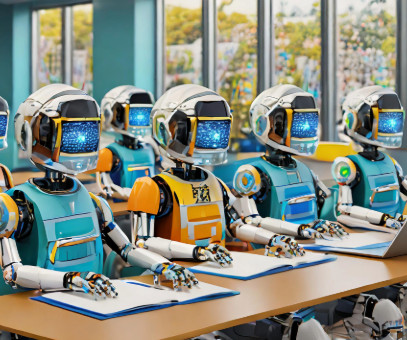Bridging the Gap: Overcoming Barriers in Higher Ed for Students with Disabilities including Neurodivergent Learners
Faculty Focus
AUGUST 13, 2023
“A disability may be the result of combinations of impairments and environmental barriers , such as attitudinal barriers, inaccessible information, an inaccessible built environment or other barriers that affect people’s full participation in society [i].” of Australian undergraduate students reported having a learning disability.
















Let's personalize your content